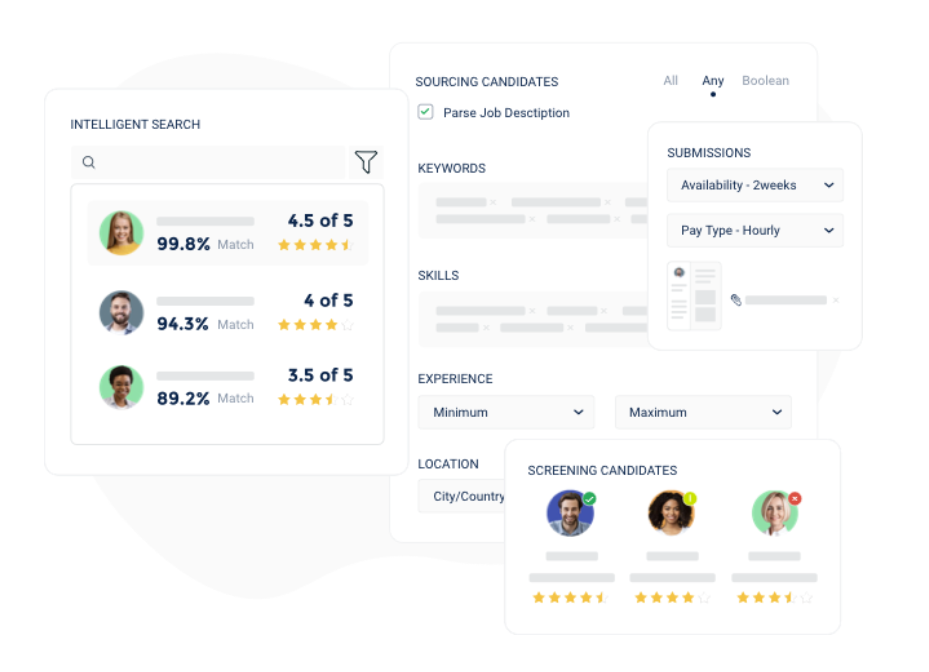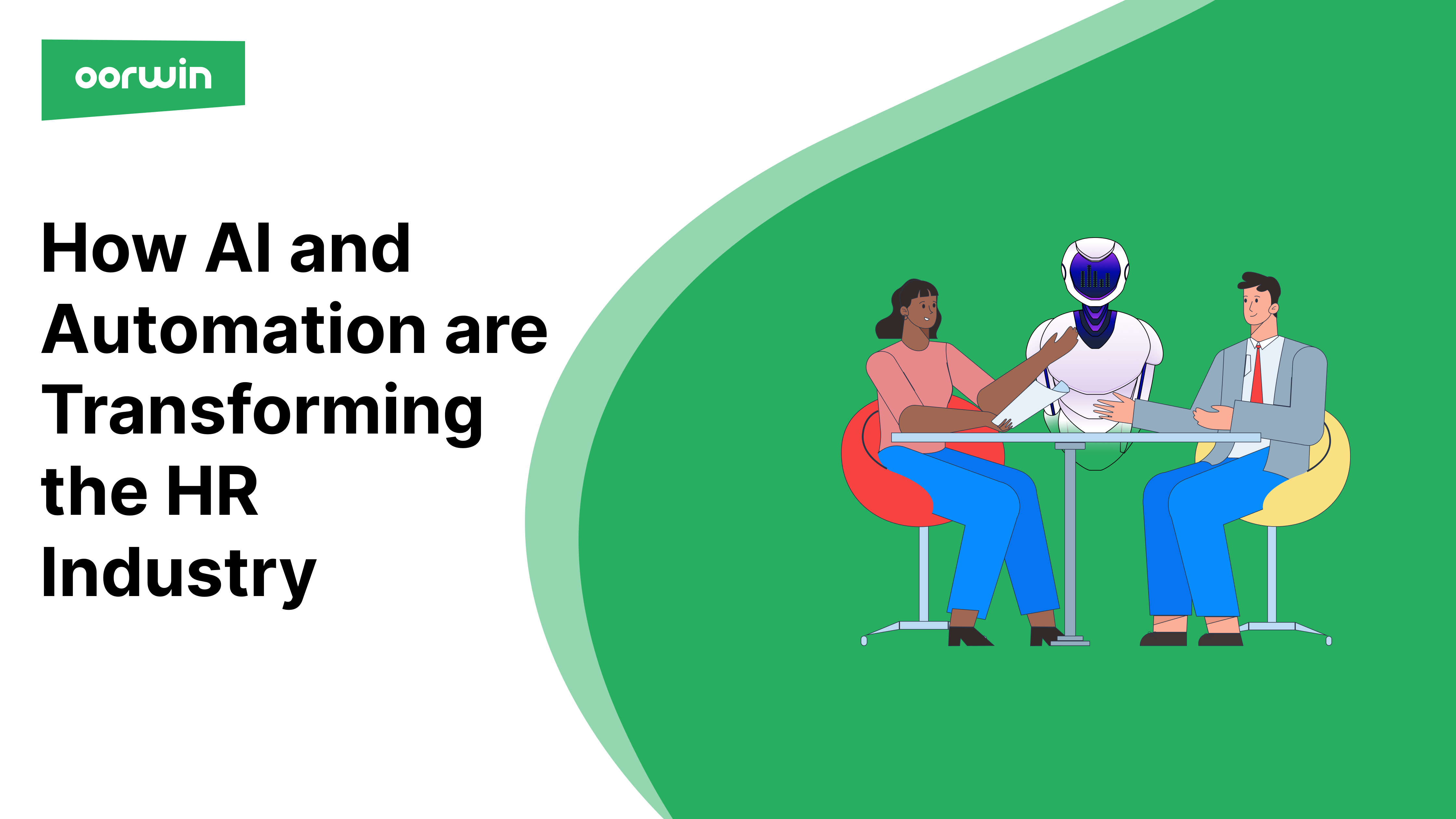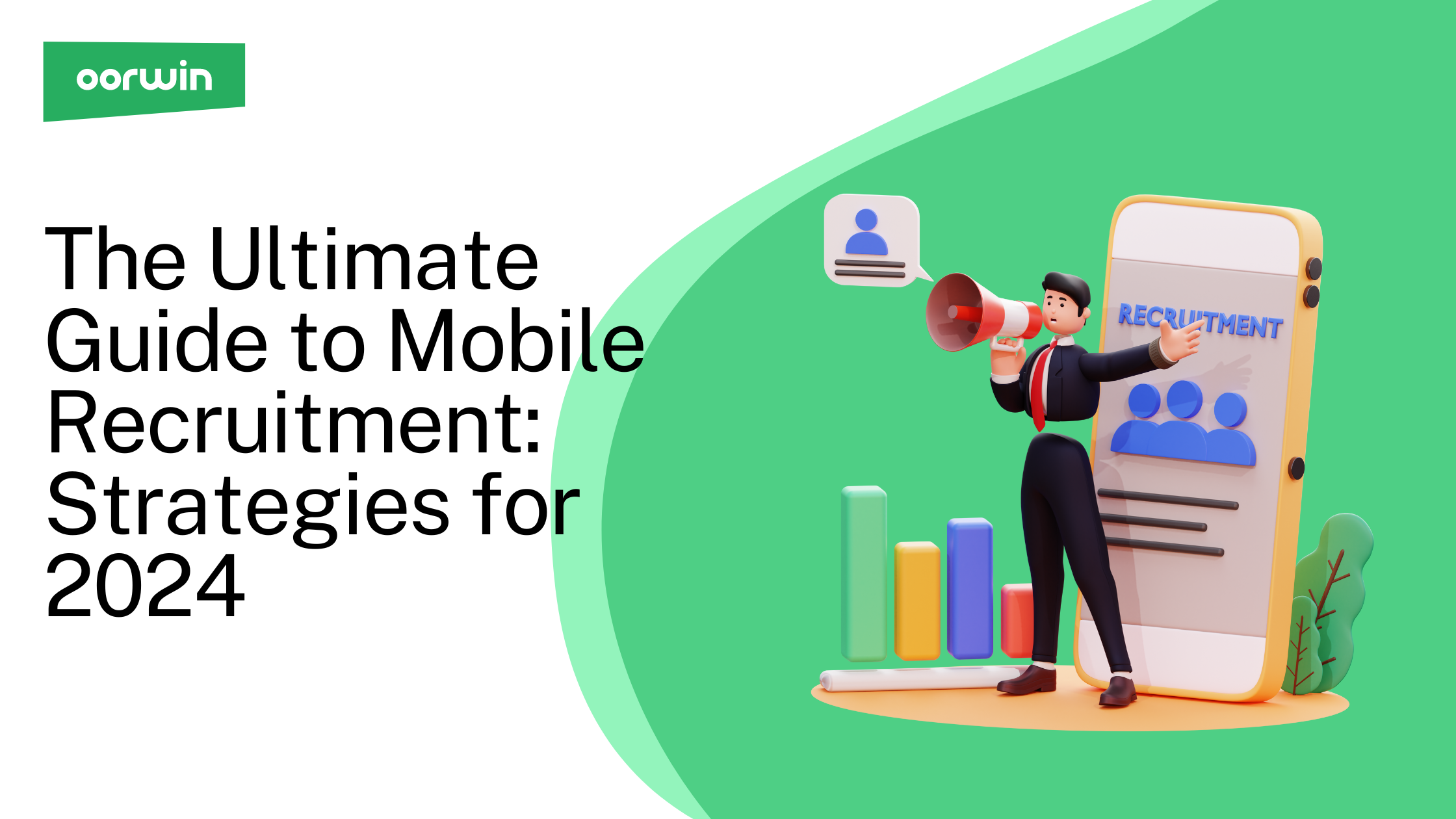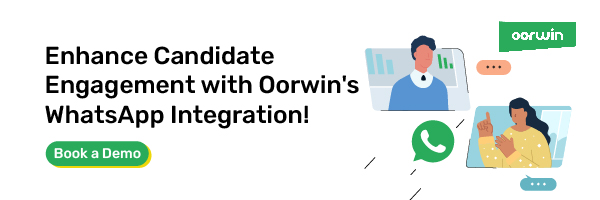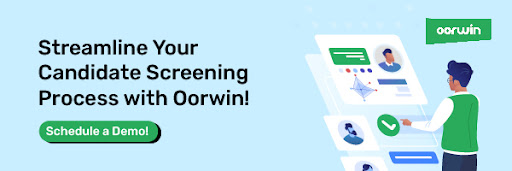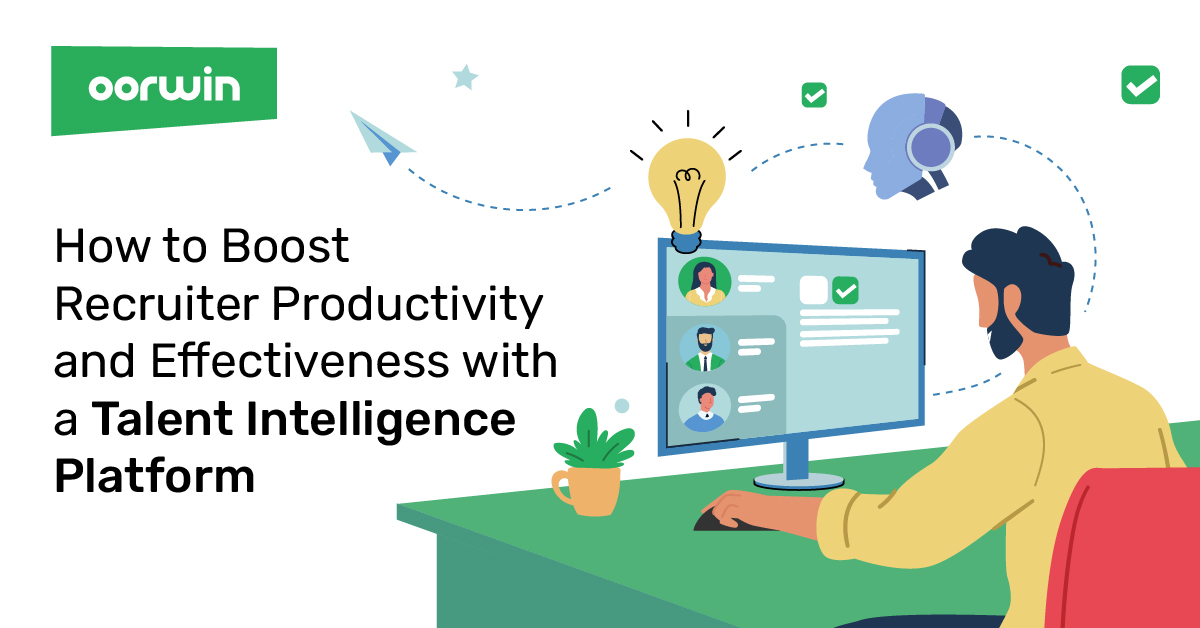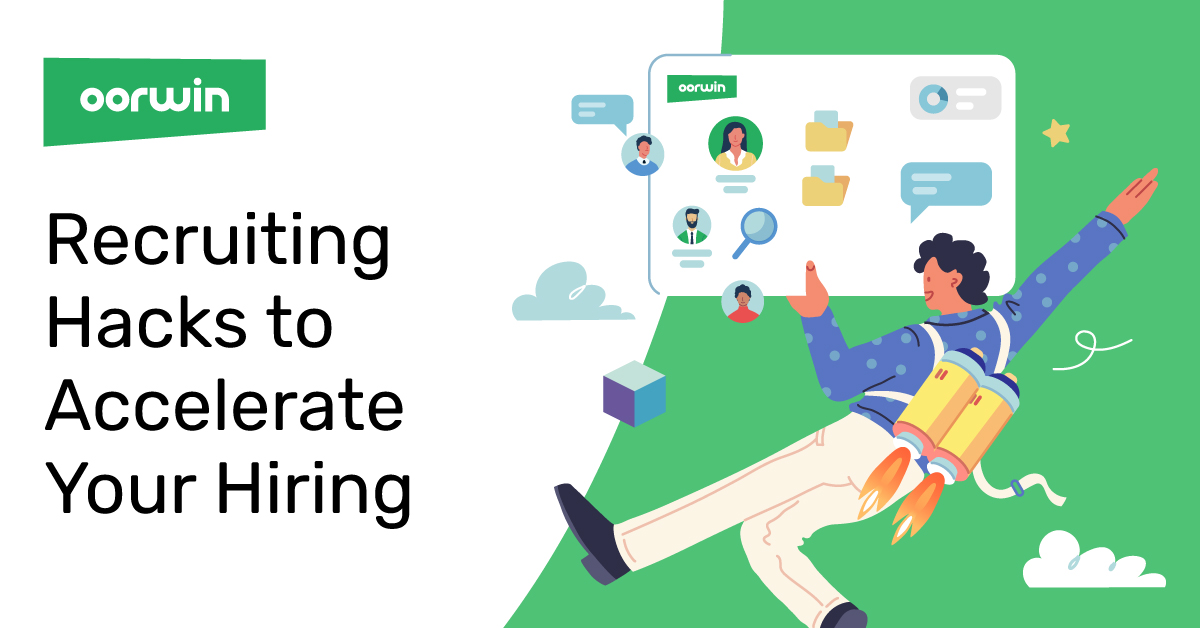Recruitment is a critical and intricate task for talent acquisition teams, as it involves the challenge of quickly finding the right candidate. Having a solid recruiting strategy containing useful recruiting tips is key to moving efficiently through the hiring process. By following these practical and effective tips, you can make sure your organization stands out in attracting and retaining the best talent, which is crucial for building a diverse and robust team. Embracing these strategies leads to a more dynamic and inclusive workplace where diverse talents and perspectives come together to create a stronger, more adaptable organization.
Top 10 Recruiting Tips to Accelerate Your Hiring Process
A truly effective recruiting strategy contains recruiting tips that go beyond just the efforts of your hiring team. It encompasses a variety of elements, some of which may be surprising. To clarify and enhance your approach, we’ve compiled 10 straightforward recruiting tips. These tips are designed to help you consistently attract and hire top talent, ensuring your team remains strong and dynamic. From leveraging your current team’s network to exploring unconventional recruiting channels, these recruiting tips will provide you with a well-rounded strategy for successful talent acquisition.
1. Utilize Multiple Channels to Reach Qualified Candidates
Post your job openings on job boards and social media platforms frequented by your target audience. Social recruiting has never been more popular, and it is a great way to reach a large number of potential candidates quickly. Popular social platforms for candidate sourcing are LinkedIn, Twitter, and Facebook.
These platforms can get your job descriptions in front of as many qualified candidates as possible. Still, they can help you communicate elements of your company culture, achievements, and values that may be important to potential candidates.
To further enhance your reach, consider integrating the following strategies:
- Leverage Industry-Specific Platforms: In addition to mainstream social media, explore platforms specific to your industry. These can be niche job boards or professional networks where you can find candidates with specialized skills.
- Optimize Your Social Media Posts: Tailor your job postings for each social media platform. Use engaging visuals and hashtags on platforms like Instagram and Twitter to increase visibility. On LinkedIn, detailed posts that highlight the unique aspects of the role and your company culture can attract more professional and experienced candidates.
- Engage in Active Sourcing: Don’t just post job openings; actively engage with potential candidates on these platforms. Join groups, participate in discussions, and connect with individuals who might be a good fit for your organization.
By diversifying your approach and actively engaging on multiple channels, you can significantly increase the visibility of your job openings and attract a wider pool of qualified candidates.
2. Employee Referrals
One of the most effective yet often overlooked recruiting tips and strategies in recruitment is leveraging employee referrals. This approach is highlighted in Laszlo Bock’s book, “Work Rules!“, where he shares insights into Google’s successful recruitment practices. Bock, a renowned expert in people operations, emphasizes the power of simple, effective strategies over more complex or unconventional recruiting tips.
Google’s journey to recruit top talent for its rapidly growing organization revealed key lessons. Contrary to popular belief, their success wasn’t due to quirky interview questions or elaborate puzzles. Instead, it was their straightforward approach to recruitment that made the difference.
The key to Google’s recruitment success was a simple yet powerful concept: transforming all employees into recruiters. The process involved encouraging all employees to refer exceptional individuals from their professional networks. The process was simple yet effective among many recruiting tips:
- Focus on Hiring Top Talent: Focus on hiring the best people available.
- Maintain Engagement and Satisfaction: Ensure that these individuals are continuously challenged and satisfied in their roles.
- Encourage Referrals: Motivate employees to refer their talented acquaintances and acknowledge their contributions when they do so.
- Offer a Stellar Candidate Experience: Provide a positive and engaging experience for all candidates.
- Continuously Adapt and Grow: Continue this process, adapting as the organization grows and the employee network expands.
This method and the recruiting tips proved to be highly effective for Google, emphasizing the importance of employee referrals in recruitment. In fact, a study by CareerBuilder highlights that 82% of employers rate employee referrals as the most efficient source for the best return on investment in recruitment.
Incorporating a robust employee referral program in your recruitment strategy can significantly boost your ability to attract and hire exceptional talent. By tapping into the networks of your existing employees, you can gain access to a wider pool of qualified candidates, enhancing the overall quality and efficiency of your hiring process.
3. Leverage an Applicant Tracking System (ATS)
An ATS is the best investment you can make to enhance your recruitment strategy and speed up the hiring process. This innovative hiring solution helps you manage your recruitment process by automating the tracking of resumes and applications. Among many recruiting tips, this one will save you tons of time and make finding the best candidates for your job openings easier.
When you choose the right ATS, like Oorwin’s all-in-one ATS, you can streamline your hiring process from end to end. It integrates seamlessly with job boards, social media, and email marketing platforms to help you find the best candidates quickly. With Oorwin, you can easily post your job openings on social media, manage resumes and applications, and track the progress of your recruiting process, all from a single sign-in.
Furthermore, modern ATS solutions offer advanced features such as AI-driven candidate matching, which can significantly enhance the efficiency of the hiring process. These systems can analyze job descriptions and candidate profiles to suggest the best matches, reducing the time spent on manual screening. Additionally, many ATS platforms now include analytics tools, providing valuable insights into the effectiveness of your recruitment strategies and helping you make data-driven decisions to further optimize your hiring process by following simple recruiting tips. By leveraging these advanced capabilities, you can speed up hiring and ensure a higher quality of hires.
4. Move Candidates Through the Pipeline Quickly
Time kills all deals, and we aren’t just talking about sales. This is even true in recruiting and hiring. The faster you can move candidates through the hiring process, the more likely you are to make a hire. Here are the steps you can take and the recruiting tips you can follow to speed up your hiring process:
- Streamline Your Approach: Cut unnecessary steps and complexities in your hiring process to make it more efficient.
- Proactive Candidate Communication: Keep candidates informed about their status and engage in frequent communication to maintain their interest.
- Co-ordinate with Your Team: Rapidly collaborate with your clients and account managers to ensure alignment throughout the process.
- Decisive Decision-Making: Avoid unnecessary delays in making hiring decisions. While it’s important to make informed choices, dragging out the process excessively can deter top candidates.
5. Engage Passive Candidates
You probably already know that most highly qualified candidates aren’t looking. They are happily employed and not actively seeking a new job. However, that doesn’t mean they wouldn’t be interested in a great opportunity if it came their way. Engaging passive candidates is a vital aspect of the recruiting process and is a fundamental recruiting tip.
Engaging these passive candidates is a crucial part of the recruiting process and a very basic recruiting tip. To attract these top talents, your recruitment strategy should include a proactive outreach process. Ensure your outreach includes the following:
- Promoting a Strong Employment Brand: Utilize your social media platforms and job postings to showcase your company culture and values.
- Diverse Communication Channels: Reach out to potential candidates through various mediums like email, job boards, and social media.
- Using Recruiting Software: Implement software that automates parts of the recruitment process, helping you identify and connect with the best candidates efficiently.
Additionally, when engaging with passive candidates, it’s vital to communicate the role’s value and how it aligns with their career aspirations. Tailor your approach to highlight how the opportunity at your company can offer them growth, challenges, and a chance to be part of something impactful. These recruiting tips and personalized approaches can more effectively capture the interest of passive candidates, whom standard job advertisements might not sway.
6. Keep an Open Mind and Eliminate Hiring Bias
This tip, among the many other recruiting tips, may seem obvious, but its importance is often overlooked. The best candidate for the job may not be the first one that comes to mind. It is essential to keep an open mind and be prepared to interview anyone who meets the qualifications for the position. This approach is crucial in eliminating unconscious hiring bias from your recruitment cycle. Resume parsing software is an excellent tool to help you vet candidates objectively and eliminate bias from the equation.
Unconscious biases are significant because they can lead to overlooking excellent candidates due to factors unrelated to job performance. For instance, a candidate might be passed over because of personal characteristics that don’t impact their ability to excel in the role. Conversely, blind auditions or anonymized application processes can prevent less suitable candidates who might appear more appealing on paper from advancing unfairly.
Another vital recruiting tip is to craft job descriptions that mitigate bias. The language used in job postings can inadvertently deter qualified candidates. It’s important to use neutral, inclusive language and avoid unnecessary descriptors that might be unappealing or off-putting.
Once you have a well-crafted job description, leveraging platforms that distribute your posting across multiple job boards can significantly enhance your reach. These platforms allow for efficient management of social recruiting and candidate screening, ensuring a wider and more diverse applicant pool.
7. Standardize Your Interview Structure
Your interview process should be the same for every qualified candidate. To ensure this is the case, we recommend standardising your interview structure. This can be done by following these steps.
- Develop a list of must-haves for any role you are hiring for.
- Create interview questions that focus on the skills and experience that are most important for the role
- Ask the same questions of every candidate to make a fair comparison
- Grade candidates on a scale from 1-to 5
Additionally, consider incorporating the following recruiting tips:
- Incorporate Behavioral Questions: Alongside skills and experience, include behavioral questions that assess how candidates might handle real-world scenarios relevant to the role.
- Use a Collaborative Evaluation Approach: Involve multiple team members in the evaluation process to gather diverse perspectives, reducing individual biases.
By maintaining a standardized and comprehensive interview structure, you ensure a fair and effective assessment of all candidates, leading to more informed hiring decisions.
8. Craft a Compelling Employee Value Proposition
In his insightful article on the Edelmann blog titled “Four Key Steps to a Great Employee Value Proposition,” Andrew Collett succinctly defines the Employee Value Proposition (EVP) as the balance between what an organization expects from its employees and what it provides in return.
Key Elements of a Strong EVP
Creating a strong EVP involves several components, each contributing to why someone would want to work for your company:
- Competitive Salaries: Ensure your pay scales are competitive within your industry. This is a fundamental part of your recruiting tips to attract top talent.
- Attractive Benefits: Offer a range of benefits and clearly define who qualifies for them.
- Positive Work Environment and Culture: Highlight the nature of your work environment and the culture of your company. Is it a place where employees feel valued and part of a balanced work culture?
- Employee Autonomy: Clarify the level of autonomy employees have in their roles. Do they have freedom and control over their work, or is there more structured management?
- Rewards and Recognition: Explain how employees are recognized and rewarded. This could include bonuses, recognition programs, or milestone achievements.
9. Embrace Diversity
Diversity is key to competitive advantage. Start with diverse hiring to tap into a wider talent pool. Start with diverse hiring to tap into a wider talent pool.
The research highlighted in Forbes Insights emphasizes the importance of diversity in fostering innovation. Senior executives acknowledge that having a team with diverse experiences, perspectives, and backgrounds is essential for sparking new ideas and driving innovation. A majority agree that diversity is key to generating varied viewpoints and innovative concepts.
It’s important to recognize that diversity encompasses various dimensions. When aiming to attract a more diverse workforce, consider a broad spectrum of backgrounds and life experiences. These recruiting tips ensure a richer mix of ideas and perspectives.
After hiring, it’s crucial to understand what motivates and retains employees. This involves identifying the factors contributing to their long-term commitment and satisfaction in the workplace.
10. Explore Remote Work Options
Offering remote work can make your company highly attractive to a wide range of talented individuals.
Thanks to modern technology, managing remote work is easier and more effective than ever. Teams around the world are thriving with remote setups.
Take Automattic, the company behind WordPress, for example. They have a mostly remote team, spread across over 50 countries. As highlighted on their careers page, this global distribution allows them to operate around the clock.
Remember, remote work doesn’t have to be all or nothing.
While some teams are fully remote, others might just need some flexibility. Offering remote options can be crucial in attracting and retaining top talent.
Flexibility in work location is more than a perk.
For many skilled candidates, remote work is necessary due to personal circumstances, health issues, or simply because they work best from home.
Incorporating remote work into your company’s offerings can make you a top choice for many job seekers.
Enhance Your Recruitment with Oorwin’s Innovative Solutions
In summary, these recruiting tips provide a comprehensive guide to building a diverse and effective team. By embracing these strategies and recruiting tips, your organization can significantly improve its hiring process, from attracting top talent to ensuring a dynamic and inclusive workplace. Oorwin’s all-in-one Applicant Tracking System (ATS) plays a pivotal role in this journey, offering advanced features like AI-driven candidate matching and seamless integration with various platforms. It streamlines your recruitment process, making it more efficient and effective.
Ready to transform your recruitment process through these recruiting tips? Discover how Oorwin can revolutionize your talent acquisition strategy. Explore Oorwin’s Solutions.
FAQs
What makes employee referrals an effective recruitment strategy among the many recruiting tips?
Employee referrals tap into your existing employees’ networks, bringing in candidates who are often a better fit and more likely to be high performers.
What role does an Employee Value Proposition (EVP) play in recruitment?
A strong EVP balances what an organization expects from its employees with what it offers, making it a key factor in attracting and retaining top talent.
How does leveraging multiple channels benefit recruitment?
Using various channels, including social media and niche job boards, increases the visibility of job openings and attracts a diverse range of candidates. This is one of the very basic recruiting tips.
How can Oorwin’s ATS improve my recruitment process?
Oorwin’s ATS automates and streamlines the tracking of resumes and applications, saving time and enhancing the efficiency of finding the best candidates.
